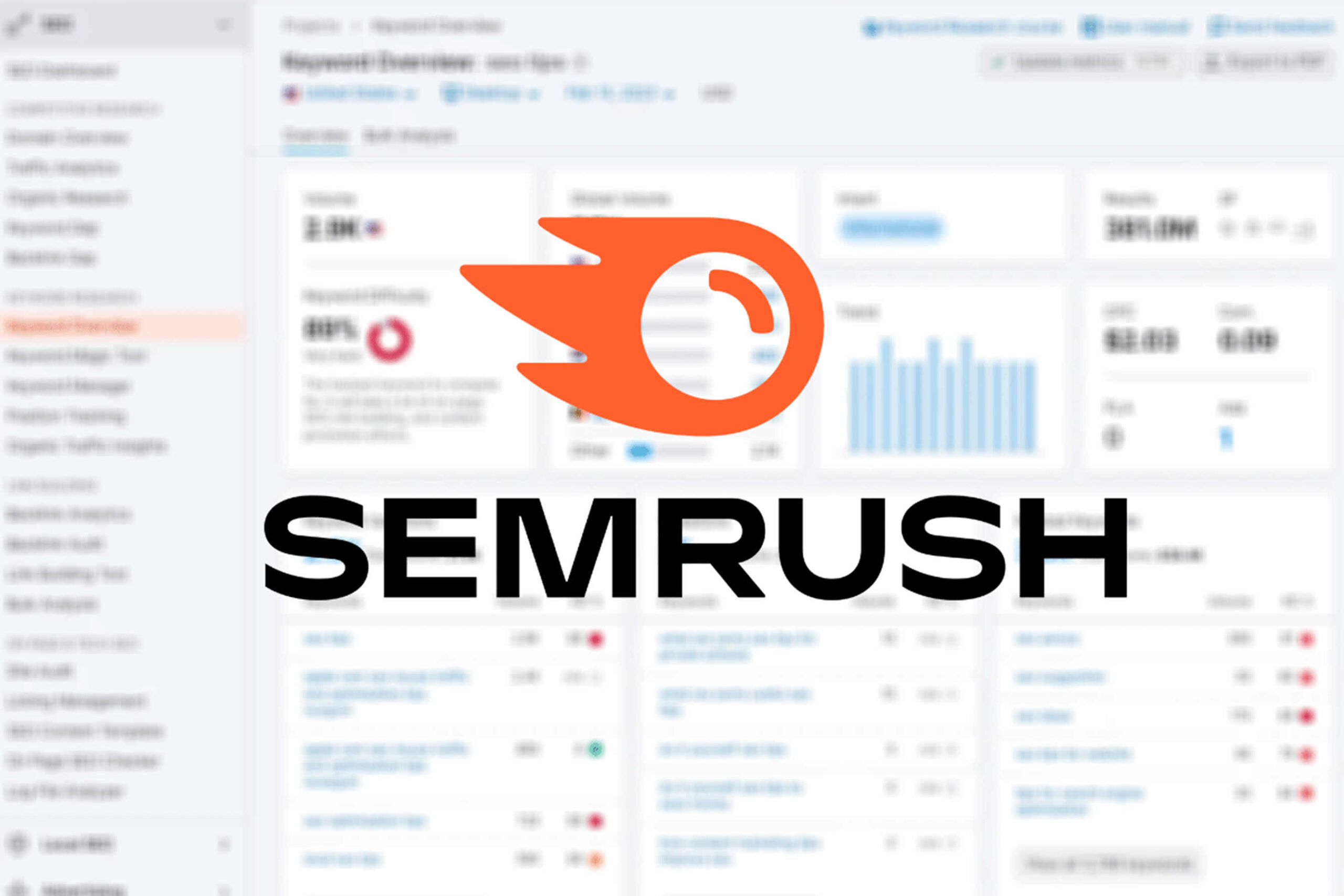If you’re new to SEO or digital marketing tools, starting with a premium platform can feel overwhelming. The 14 Days Trial Semrush Guru Account provides a risk-free way to explore advanced SEO features, improve your website, and understand competitor strategies—all in just two weeks.
This tutorial walks you through the setup, key features, and actionable steps to make the most out of the trial.
Why Start With the Semrush Guru Trial?
Semrush is widely recognized as a top-tier platform for SEO, content marketing, and competitive analysis. The Guru plan offers additional tools beyond the basic subscription, including:
Advanced keyword research and tracking
Site audits and performance monitoring
Competitor benchmarking
Content optimization recommendations
Backlink research and management
For budget-conscious users, platforms offering Cheap Digital Licenses provide access without a long-term financial commitment.
Step 1: Sign Up for the Trial
To begin, register for the 14 Days Trial Semrush Guru Account through an authorized provider. During registration:
Enter your name, email, and website domain.
Set a password and agree to the terms.
Access the dashboard immediately after activation.
Once signed in, you’ll see an organized layout with navigation for projects, keyword tools, content analysis, and reporting.
Step 2: Create Your First Project
Projects allow you to manage a website and track all related SEO activities. To set up a project:
Click “Create Project” and enter your website URL.
Configure the site audit to check for technical issues.
Add target keywords to monitor their rankings.
Select competitors to analyze.
The Guru trial supports multiple projects, which is ideal if you manage more than one site.
Step 3: Perform a Site Audit
The Site Audit tool highlights technical SEO issues that could impact performance. During your trial, focus on:
Broken links and crawl errors
Duplicate title tags and meta descriptions
Missing alt attributes for images
Page speed optimization
Running a thorough audit early allows you to prioritize fixes and improve overall site health. Guides like Semrush Guru Plan Review emphasize audits as the first step in any SEO strategy.
Step 4: Conduct Keyword Research
Keyword research is essential for visibility. The Guru plan enables you to:
Identify high-volume and long-tail keywords
Filter results based on difficulty and intent
Discover keywords competitors are ranking for
Use the trial to compile a list of priority keywords for content creation and optimization.
Step 5: Analyze Competitors
Understanding competitors helps you uncover missed opportunities. Semrush allows you to:
See competitors’ top-performing pages
Analyze backlinks and referring domains
Track competitors’ keyword rankings
This insight is particularly valuable for building a strategy that surpasses competitors. You can learn more about why competitor insights are crucial in the Semrush Guru Plan Benefits guide.
Step 6: Optimize Content
Once you have keyword data, optimize existing content or plan new pages. The trial includes tools to:
Improve headings, meta tags, and keyword placement
Check readability and user engagement metrics
Identify content gaps compared to competitors
Optimizing even a few pages during the trial can show measurable improvements in search visibility.
Step 7: Explore Backlink Opportunities
Backlinks remain a key factor for search ranking. Use the Guru plan to:
Find websites linking to competitors
Evaluate backlink quality and relevance
Create a prioritized outreach list
Even a small set of high-quality backlinks can boost authority, especially when paired with optimized content.
Step 8: Generate Reports
The reporting tools allow you to:
Export site audit results
Track keyword positions
Summarize competitor and backlink data
Reports are fully customizable and can be branded, making them ideal for freelancers and agencies. Before your trial expires, make sure to export all relevant data.
If needed, you can continue access by Buy 14 Days Trial Semrush Guru Account.
Step 9: Plan Post-Trial SEO Strategy
After two weeks, your trial ends, but the insights remain. Create a post-trial plan that includes:
Fixing remaining site errors
Publishing new content using your keyword strategy
Building backlinks from prioritized sources
Scheduling regular competitor analysis
This ensures that your trial experience translates into ongoing SEO growth.
Common Beginner Mistakes to Avoid
Trying to do everything in one day – prioritize audits, keywords, and competitor analysis.
Ignoring report exports – you’ll lose access once the trial ends.
Overlooking competitor research – understanding rivals is key to strategy.
Neglecting content optimization – even technically perfect sites need high-quality content.
Skipping backlink analysis – authority is crucial for rankings.
FAQs
1. Is the trial fully featured?
Yes, it gives complete access to all Guru plan tools for 14 days.
2. Can I use it for multiple websites?
Yes, the Guru plan supports multiple projects simultaneously.
3. Do I need a credit card?
Some providers may request minimal payment info; authorized resellers simplify the process.
4. Can beginners benefit?
Absolutely. Structured guidance ensures even new users can gain valuable insights.
5. What is the biggest advantage of the trial?
It allows hands-on experience with professional SEO tools without long-term financial commitment.
Final Thoughts
The 14 Days Trial Semrush Guru Account is a perfect starting point for beginners looking to understand SEO, improve website performance, and develop a data-driven strategy. By following a step-by-step approach—from setup and audits to keyword research, content optimization, and backlinks—you can achieve actionable results within just two weeks.
For freelancers, agencies, and small business owners, this trial is more than a preview; it’s a roadmap to long-term online growth.















